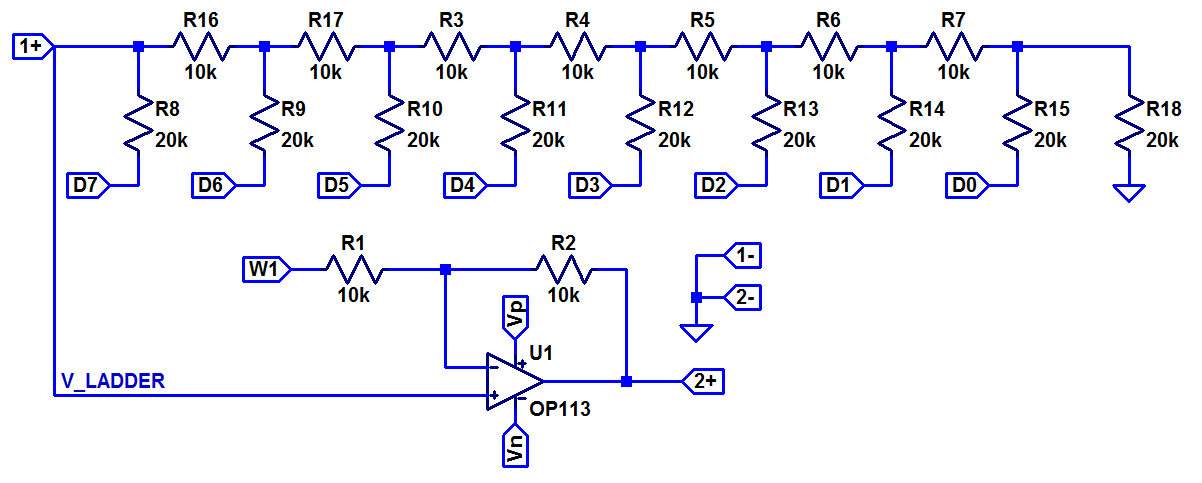

To understand the working principle of Analog to Digital Converter, let us consider Fig. 6 – Block Diagram of Successive Approximation ADC How does Analog to Digital Converter Work 6 shows the block diagram of Successive Approximation ADC which consists of Comparator, SAR (Successive Approximation Register), Sample and Hold Circuit and DAC.įig. This type of Analog to Digital Converter incorporates Successive Approximation Algorithm to convert analog input to a digital binary code. 5 – Block Diagram of Sigma Delta ADC Successive Approximation ADC The Digital Filter as the name suggests, filters the Data and converts it into binary code.įig. The output from Sigma-Delta Modulator acts as input to this block. This block consists of Integrator, Comparator and single-bit DAC. The architecture of Sigma-Delta (Σ-Δ) converters, also called as Oversampling Converters is quite simple. 4 – Block Diagram of Pipelined ADC Sigma Delta ADC The generated binary outputs from each stage is time-aligned (Pipelined) to the Shift Register and further undergoes error detection and correction using Digital Error Correction Logic to obtain the final Binary output.įig. This signal is fed to Flash ADC to get the binary output. This circuit samples the analog signal and holds the sampled value for a short interval of time. The architecture is divided into number of stages where each stage consists of Sample and Hold circuit. Pipelined Analog to Digital Converter is designed using two or more low resolution Flash ADCs. 3 – Block Diagram of Flash ADC Pipelined ADC
#Analog to digital converter reference voltage code
The Encoder converts the code from Comparator to Binary Code.įig. The Digital output from the Comparators acts as input to Encoder.

Reference Voltage (Vref) is supplied to the Comparator through external source. It is also known as Parallel ADC.įig.3 below illustrates block diagram of Analog to Digital Converter (ADC) where Analog input is connected to all comparators so that the output is generated simultaneously. Hence, Flash ADCs are used in the applications which requires High-speed and large bandwidth. The operation of Flash ADC is the fastest compared to all other ADCs. The different types of Analog to Digital Converters (ADCs) are: 2 – Schematic Diagram of ADC Types of Analog to Digital Converter It can also be defined as a device that provides a digital output which is the representation of the input voltage or current level.įig. 1 – Introduction to Analog to Digital Converter Examples of physical variables include audio signals, temperature, pressure etc.įig. They have high conversion efficiency and requires less power. What is Analog to Digital Converter (ADC)Īnalog to Digital Converter (ADC) basically converts physical variables which are analog in nature to digital signal for processing. This post will discuss about what is an Analog to Digital Converter (ADC), its various types, how it works, applications, advantages and disadvantages. If more number of bits are present in the digital input, then we have to include required number of R-2R sections additionally.ĭue to the above advantages, R-2R Ladder DAC is preferable over binary weighted resistor DAC.Analog to Digital Converter (ADC) is an integrated circuit which helps to transform analog signal to digital form. So, it is easy to select and design more accurate resistors. R-2R Ladder DAC contains only two values of resistor: R and 2R. The advantages of a R-2R Ladder DAC are as follows − But, we can find the analog output voltage values of R-2R Ladder DAC for individual binary input combinations easily. It is difficult to get the generalized output voltage equation of a R-2R Ladder DAC. Let the 3-bit binary input is $b_$ when the corresponding input bits are equal to ‘1’. Recall that the bits of a binary number can have only one of the two values. The circuit diagram of a 3-bit binary weighted resistor DAC is shown in the following figure − In short, a binary weighted resistor DAC is called as weighted resistor DAC. This section discusses about these two types of DACs in detail − Weighted Resistor DACĪ weighted resistor DAC produces an analog output, which is almost equal to the digital (binary) input by using binary weighted resistors in the inverting adder circuit. In general, the number of binary inputs of a DAC will be a power of two. The block diagram of DAC is shown in the following figure −Ī Digital to Analog Converter (DAC) consists of a number of binary inputs and a single output. This chapter deals with Digital to Analog Converters in detail. The digital signal is represented with a binary code, which is a combination of bits 0 and 1. A Digital to Analog Converter (DAC) converts a digital input signal into an analog output signal.


 0 kommentar(er)
0 kommentar(er)
